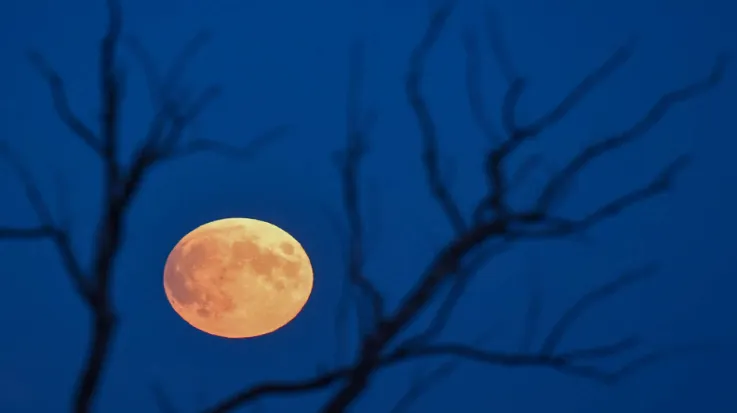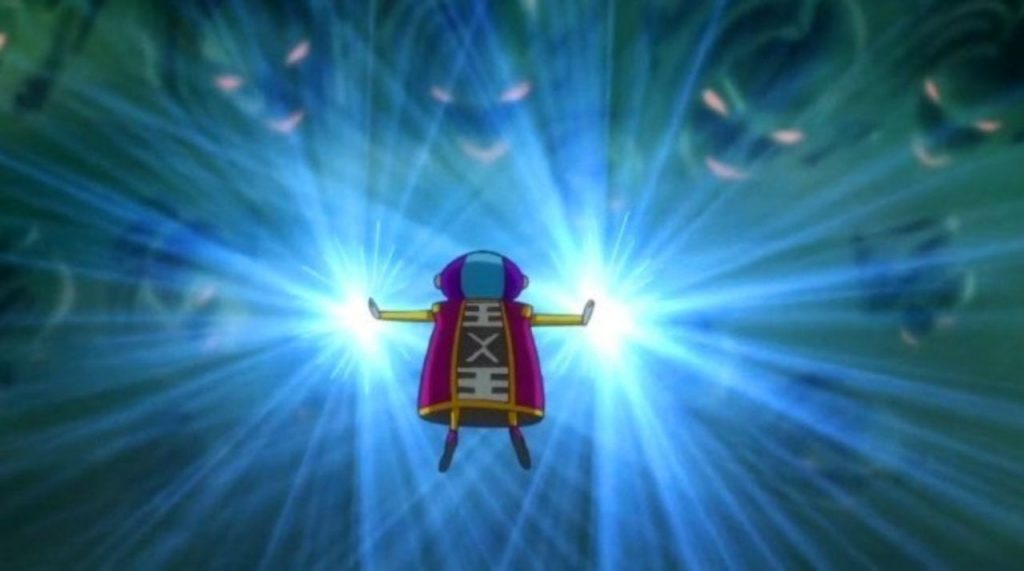The top astronomical events of 2021
PostedAt: Thu, May 13, 2021 9:02 PM
Here are some of the top astronomical events of 2021.
Venus and Jupiter conjunction: Feb. 11
On the morning of Feb. 11, a conjunction of Venus and Jupiter will be visible in the eastern sky immediately before sunrise. Venus is the second-closest planet to the sun, and its orbit is inside that of Earth’s, so it can be seen only near sunrise or sunset.
Those hoping to view the planetary flirtation will have to awaken early and look to the east about a half-hour before sunrise. The pair of planets will barely be scraping above the horizon, meaning a view unobstructed by trees, hills or buildings is necessary. Jupiter will appear above and to the left, with Venus flanking it a touch below and to the right.
Quadruple conjunction: March 9 and 10
On March 9 and 10, an extra-special “quadruple conjunction” will leave a group of planets splayed across the night sky. Look to the southeast around a half-hour before sunrise, and you’ll see Mercury, Saturn and Jupiter in a perfect line from bottom left to top right. All three will be visible with the naked eye in the predawn sky, with Jupiter being the brightest in the middle. The crescent moon will add to the trio, lurking below and to the right.
Venus will be a little bit late to the party, rising in the Northern Hemisphere at the same time as the sun. Those at the mid-latitudes in the Southern Hemisphere will have about 15 minutes to spot Venus and the other planets together before the sunrise washes them away.
First of four supermoons: March 28
The new year features four “supermoons,” which mark when a full moon occurs during a point in the moon’s orbit when it is closer than average to Earth. The term supermoon, despite being popular with the public, isn’t actually in the scientific lexicon.
“It is completely made up,” said Tony Rice, a solar system ambassador with NASA’s Jet Propulsion Laboratory in California.
Fred Espenak, a retired astrophysicist who worked at NASA’s Goddard Space Flight Center, defines a supermoon as a full moon “within 90 percent of its closest approach to Earth in a given orbit.”
That means a full moon must be within 228,420 miles of Earth to be classified as a supermoon; the distance from Earth to the moon averages 238,855 miles. Such moons appear bigger and brighter in the night sky compared with other full moons.
That means we’ll technically have four supermoons in a row in 2021. These will occur on March 28, April 27, May 26 and June 24. The one in May will feature the biggest and brightest moon of the four.
Supermoons appear most visually striking near the horizon, where their larger size is more readily apparent. It’s not quite as obvious higher above. Of course, you could make the case that, with a third of moons this year being classified as supermoons, there’s really nothing super about them. But a pretty show is in store, regardless.
“At the end of the day, it gets somebody outside, it gets them looking up, it gets them appreciating this,” said Rice, who views supermoons as teachable moments.
Total lunar eclipse: May 26
A total lunar eclipse will be visible for many in the United States, the Earth interceding between the sun and moon to plunge the lunar body into a blood-red shadow. It will also coincide with the month’s supermoon.
In the Eastern United States, the early morning eclipse reaches totality as the moon dips below the horizon, with places as far west as the Missouri River witnessing only a partial eclipse.
Houston and Dallas will be able to watch the eclipse reach a rusty totality at moonset, just before sunrise. In the Intermountain West and along the West Coast, the full extent of totality will be visible, weather permitting. The lunar eclipse’s total phase will last 14 minutes and 28 seconds.
Annular solar eclipse: June 10
An “annular” solar eclipse will occur on the morning of June 10, a remarkable “ring of fire” visible with eye protection from portions of Ontario and northern Quebec in Canada, as well as extreme northwestern Greenland. Annular eclipses take place when the moon moves directly in front of the sun but doesn’t appear large enough to cover the solar disk. As such, a ring forms where the sun “swallows” the moon.
Since sunlight is still visible, eclipse glasses are required, and viewers do not experience the sudden nightfall or wonder of the solar corona that accompanies a total solar eclipse.
Although full annularity, or the ring, will not be visible in the United States, a deep partial eclipse will be. In New York City, the crescent sun will be nearly 70 percent eclipsed by the moon. In Washington, the sun will be 58 percent obscured.
In many northeastern and northern U.S. cities, maximum eclipse coverage will occur before sunrise. Among the best U.S. cities from where to view the sunrise will be Burlington, Vt., and Buffalo, where a sliver making up roughly only 25 percent of the sun will remain.
Venus and Mars conjunction: July 12
On the night of July 12, Venus and Mars will be visible in an elegant conjunction just after sunset in the western sky. Venus will shine a bit brighter on the right, with Mars on the left. The slender crescent moon, just 9 percent illuminated, will hang above to the left.
Perseid meteor shower: Aug. 11-12
Arguably the year’s most widely viewed meteor shower, the Perseids will peak the night of Aug. 11 into the 12th as the Earth plows through a stream of debris left in the wake of Comet Swift-Tuttle during our annual orbit about the sun. Each interstellar pebble burns up in Earth’s outer atmosphere about 60 miles up, producing a spark of light that we view as a shooting star. The stones’ enormous speed, about 37 miles per second, generates enough frictional heat to light them ablaze.
There is no specific place to look — just up! The crescent moon may outshine a few meteors, but a good 30 to 50 an hour will probably be visible beneath clear, dark skies.
Partial lunar eclipse: Nov. 19
On Nov. 19, a nearly total lunar eclipse will be visible; the moon will still be bathed in red, coated in sunlight filtered through Earth’s atmosphere. But Earth’s shadow won’t fully swallow the bottom left rim of the moon, meaning totality won’t occur. The eclipse will be at its maximum around 4 a.m., a less-than-ideal hour for viewing.
Total solar eclipse: Dec. 4
The most mesmerizing show of the year, a total solar eclipse, will also be the most exclusive. The moon will completely block out the sun for up to 1 minute and 54 seconds, revealing the sun’s ghostly corona, or atmosphere, but the path of totality is entirely inaccessible — unless you’re willing (and able) to travel to Antarctica.
For the lucky few who work on the frozen continent, a mystical show is in store, weather permitting, of course. Sky and Telescope magazine is planning an areal viewing of the eclipse via a chartered flight; the cheapest seats onboard cost $4,500.
Geminid meteor shower: Dec. 13-14
The nearly full waxing gibbous moon will spoil much of the show for those hoping to catch the Geminids, but 20 to 40 shooting stars are usually visible every hour under ideal conditions. The Geminids feature slower-moving and often more vibrant shooting stars than the summertime Perseids. Many of them shine a brilliant emerald green or purple.
Article Source
and If you are the owner of the content and If you wish to take away this Material from our web site please Email us




















